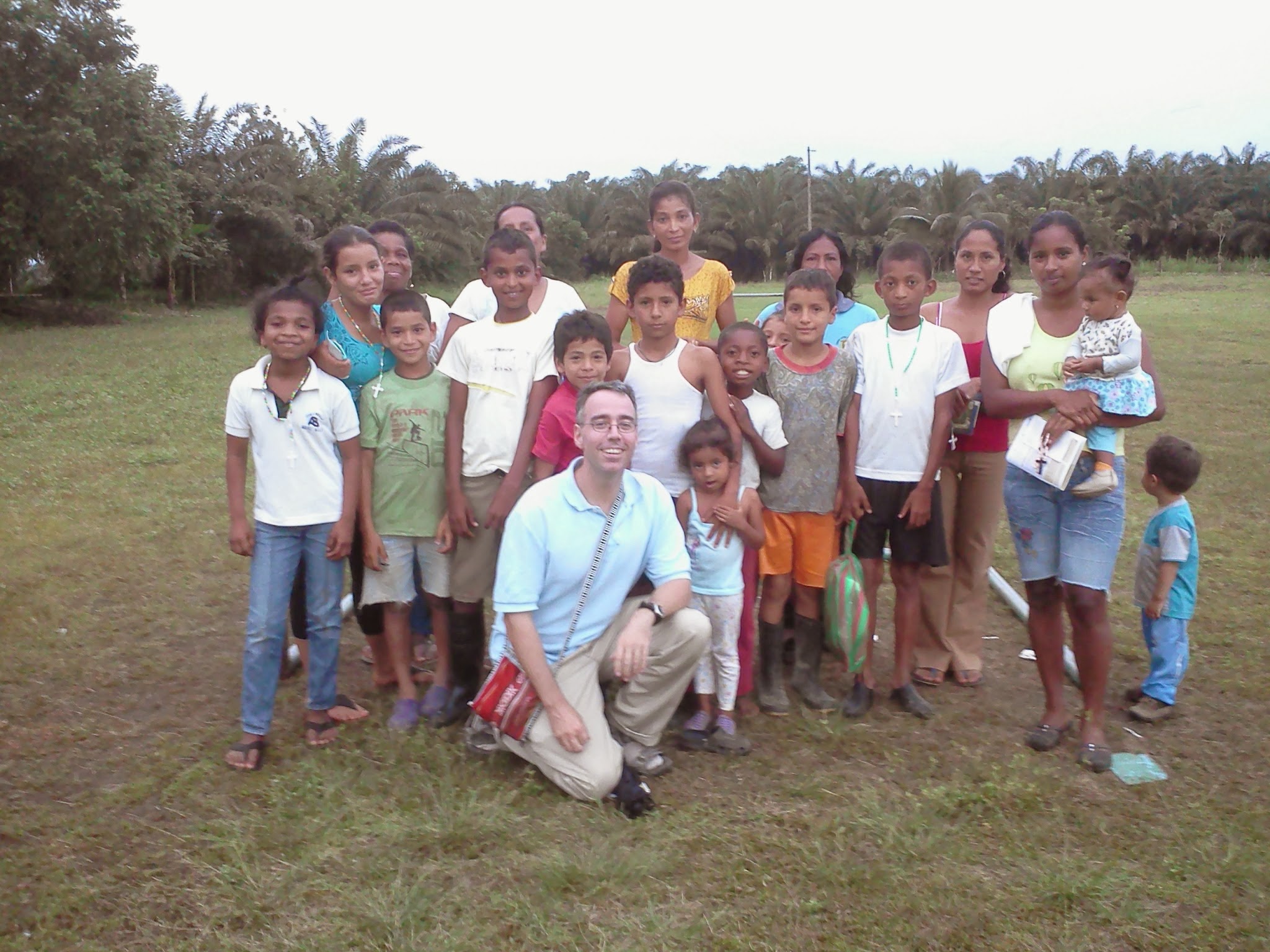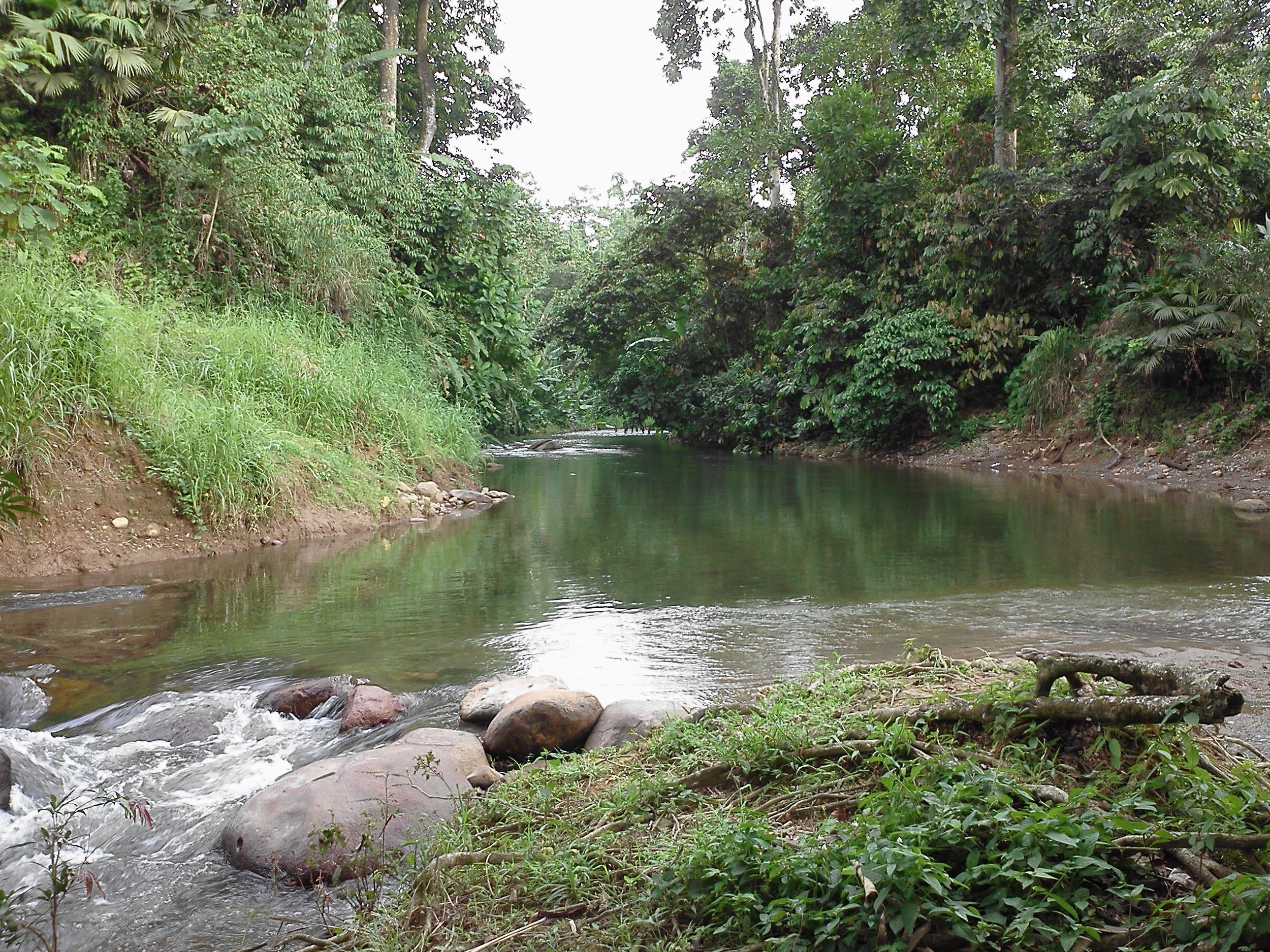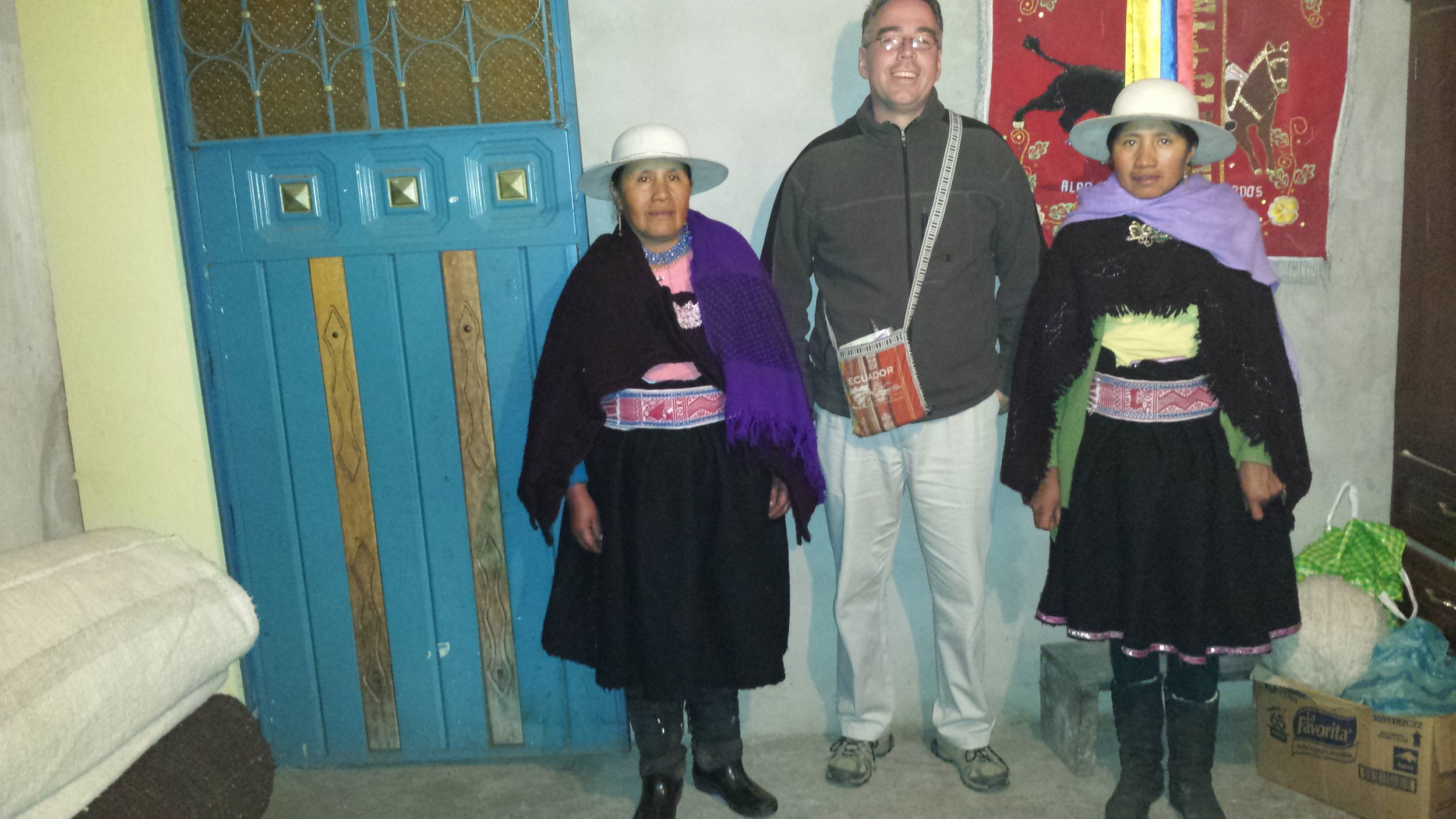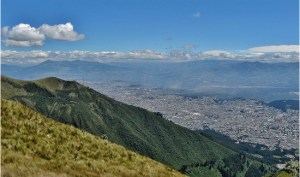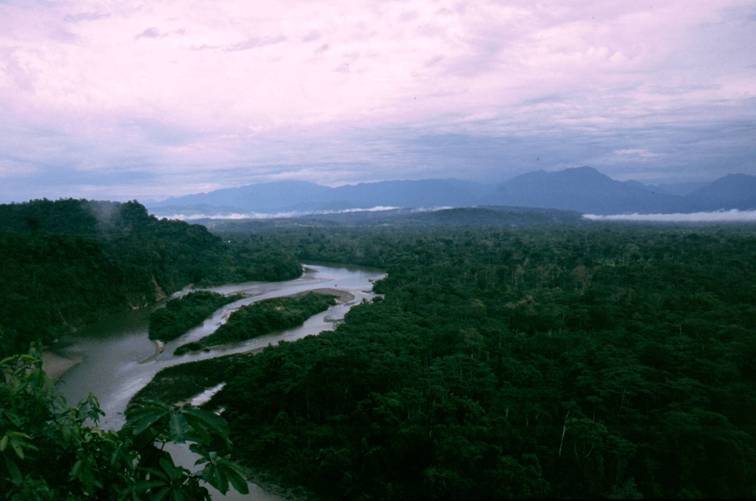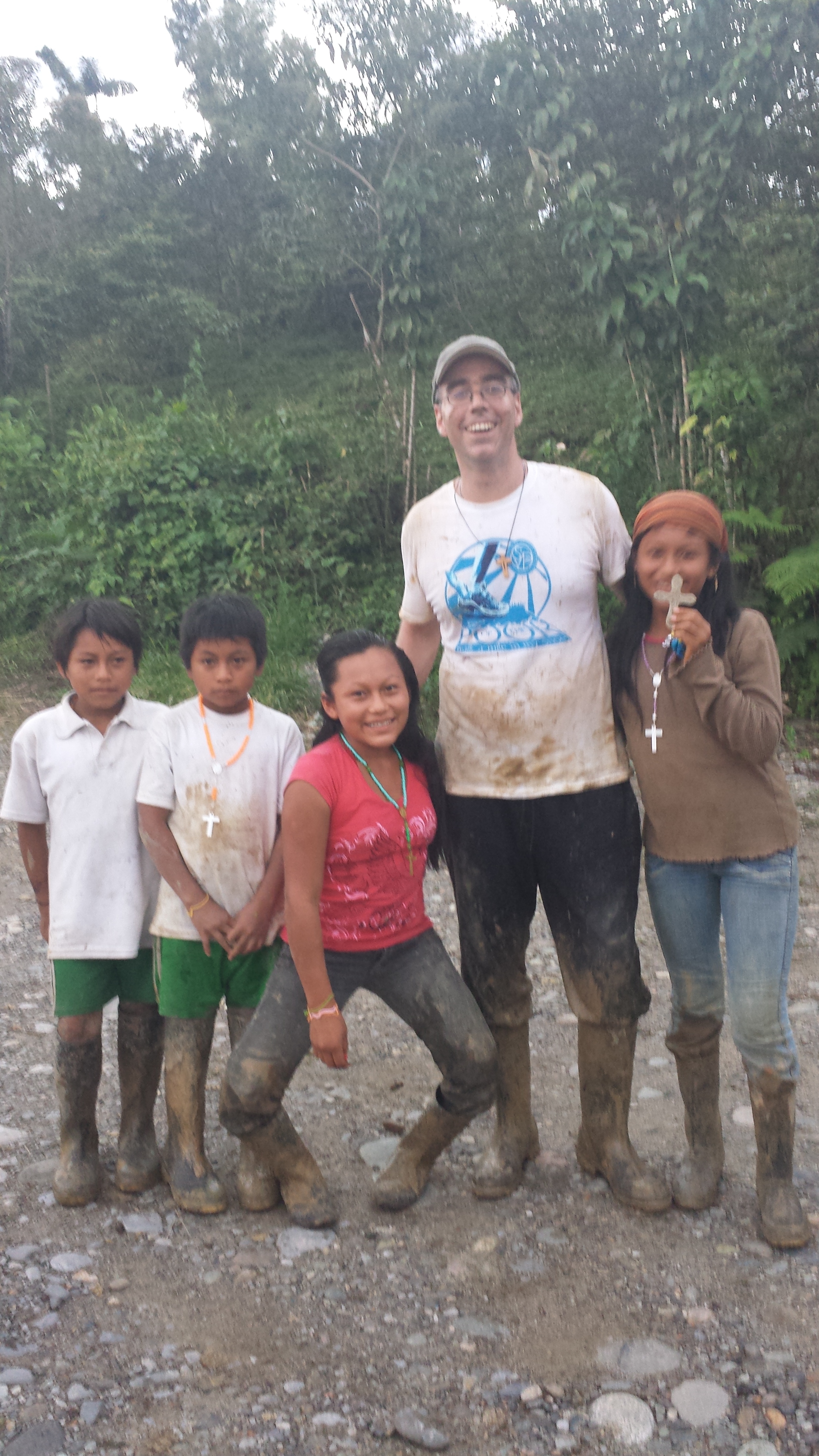Something special is happening ...
(Photo courtesy of M2M Photography.)
Hello! My name is Jerome Kiley, the founder of Barriers To Bridges. A former research & development engineer and basketball coach, I began to dedicate myself to a broad array of new pastoral and outreach ministries in the Catholic Church after I was moved myself by the mercy and love of God, and this brought me to Ecuador in 2010. The people of Ecuador are like family to me, and I am happy living the Gospel and sharing it.
I'm glad you're here. Feel free to make yourself at home and take a look around. My hope is that this site opens a way for you to discover the people of Ecuador and how sharing in this special relationship across the hemisphere can be a bridge to a more fulfilling life!
... in Ecuador
Located on the west coast of South America, Ecuador is a developing country with abundant natural resources and warm hearts. Ecuador has about 16 million people and lies on the equator, which lends the country its name. Spanish is the national language, though Quechuan languages are the indigenous languages. Ecuador was formed in 1809 out of a union with Venezuela, Colombia, and Panama, and also shares intimate history with Peru and Bolivia. They all share a Catholic heritage from their Spanish roots.
Ecuador includes the Galapagos Islands, and the mainland of the country has three principal regions, each with different peoples, cultures, and climates.
- The Coast, to the west of the Andes
- The Sierra, or the Andes mountains
- The Oriente, The Amazon Basin Jungle
La Costa
The Coast
The Coast is marked by hotter weather, beaches, and small cities that are centers of large banana and rice production, among other things. The vast majority of the people are laborers in these industries. The people on the coast are more "mestizo", or mixed between indigenous and Spanish origins. There´s also a large AfroEcuadorian population in the Coast, descendants of African slaves that had formed communities along the northern part of the coast.
Coastal culture is more active, open, and transient, resulting in a dialect that is faster and more modified. The family unit is not as strong as in the Sierra. Guayaquil, Ecuador´s largest and more globalized city, is on the coast. Plantains, rice, yucca, and tropical fruits are food staples, and the signature delicacy here is ceviche.
La Sierra
The Highlands of the Andes Mountains
The Sierra is home to the indigenous populations of Ecuador, though many mestizos make it their home as well. Quito, the country´s capital, is located in the Sierra, as well as several larger cities such as Cuenca, Ibarra, and Otavalo. Outside of those, much of the living is mountain rural. Many of the original customs and languages are kept alive by the people of the Sierra, and there are many Quechuan words and customs that have made it into the local mestizo culture. The family structure tends to be a little stronger in the Sierra than the Coast, though people generally are quicker to open up and trust strangers in the Coast.
The Sierra is much cooler than the Coast because it rises up in the Andes Mountains, and Quito lies over 9000 ft above sea level. High areas in the Sierra have a Springtime like feel in the day, with colder nights. Like the coast, there are two seasons in the Sierra: rainy and dry. Potatoes and legumbres are a staple food, and the principal delicacy is cuy, or guinea pig.
El Oriente
The Amazon Basin Jungle
To the east of the Andes lies the much less populated Amazon Basin Jungle, or the Oriente. Here, life is even closer to nature.
It is home to a variety of indigenous tribes and cultures, and their openness to outsiders varies. A few remote tribes still exist, but there are several small cities, plus tourism locations and inroads made by large foreign oil and mining companies.
There are no defined seasons here, as rain comes and goes and temperatures are generally steady and warm.
Traditional foods include a variety of chicken dishes, grilled or raw larva worms, and a fermented drink called chicha.
